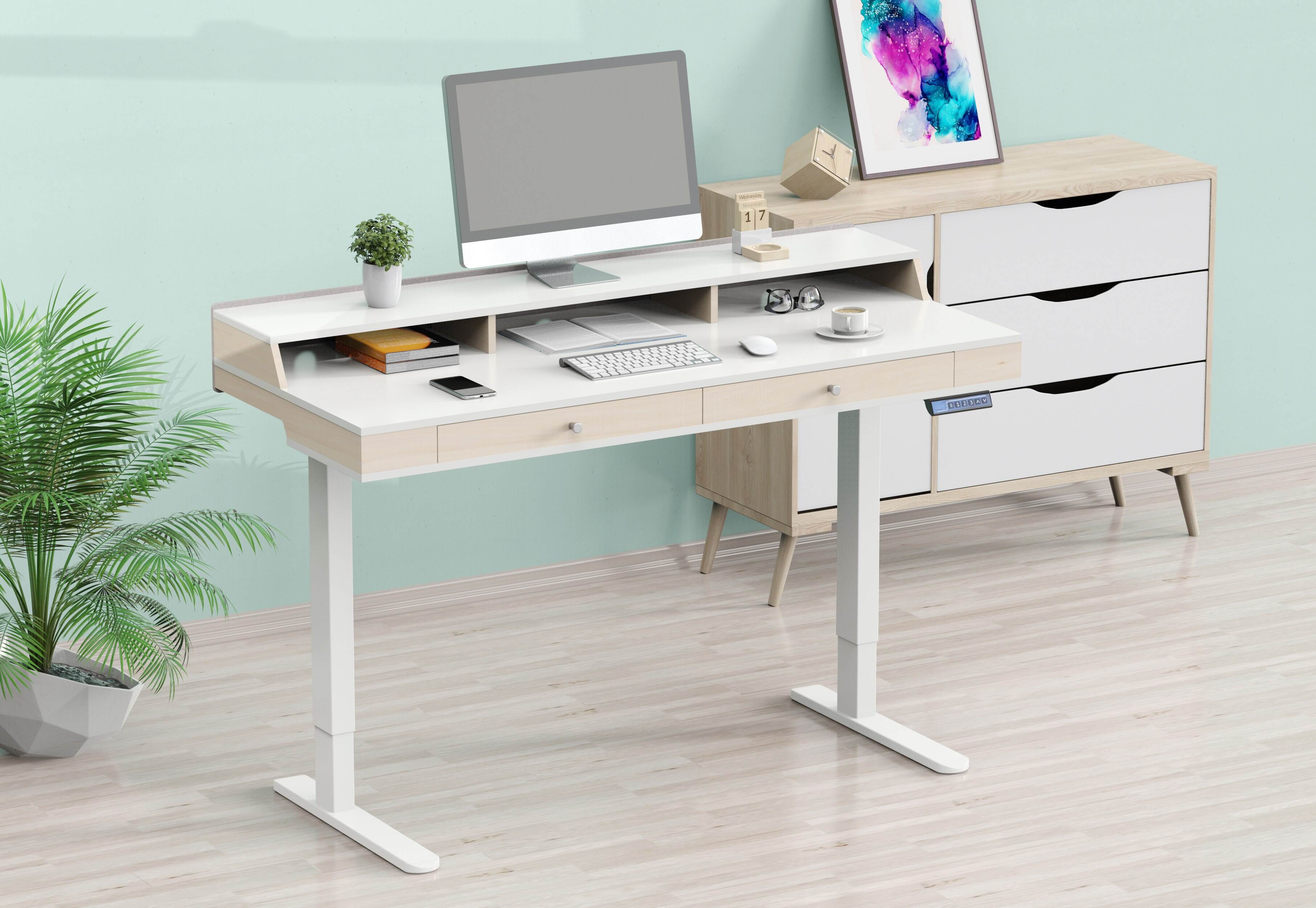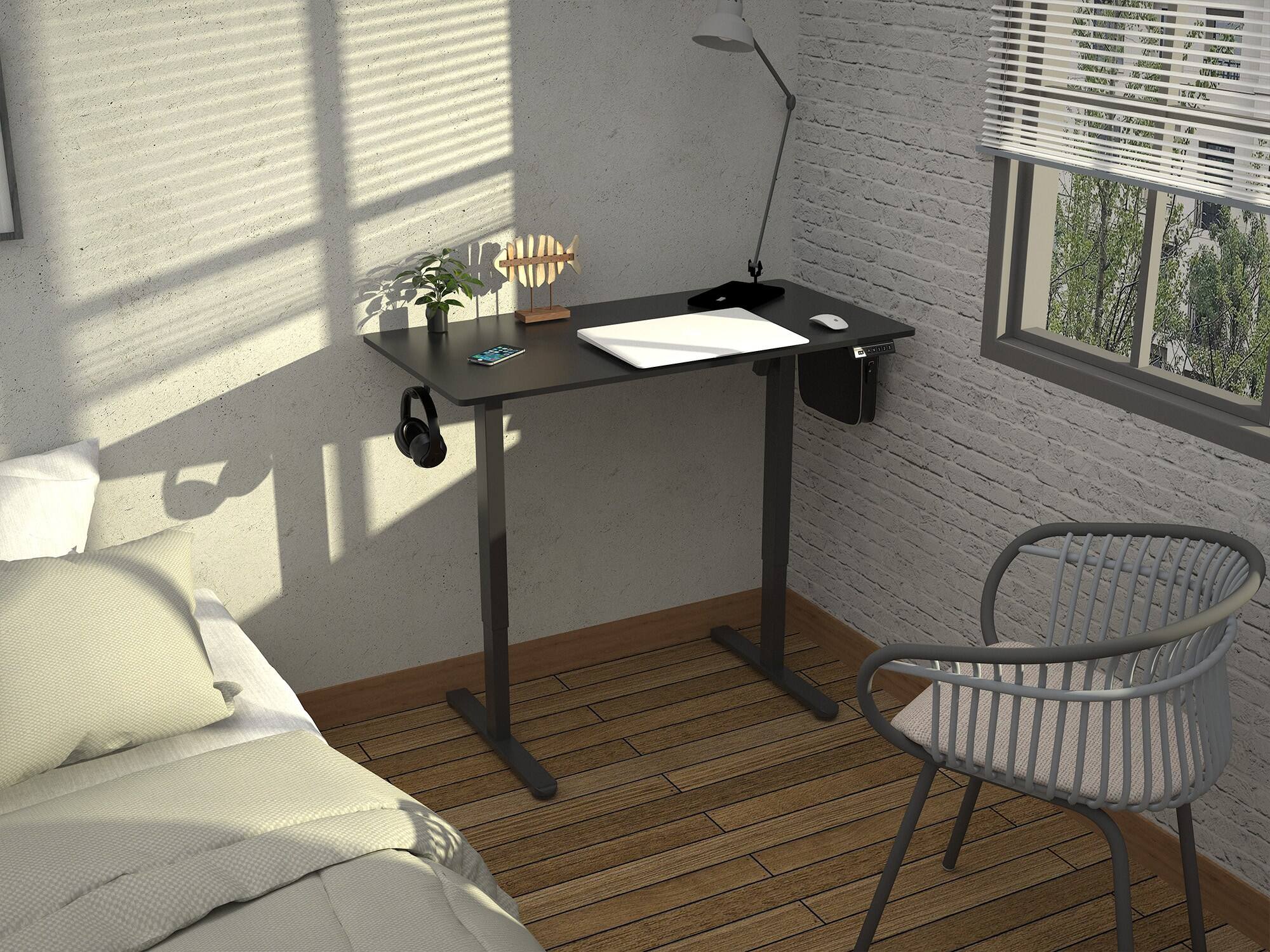The Ultimate Guide to Finding Your Perfect Standing Desk
The modern workplace has evolved significantly, and with it, our understanding of ergonomics and healthy work habits. Standing desks have emerged as a revolutionary solution to combat the adverse effects of prolonged sitting. As more professionals and home office workers embrace this healthier alternative, selecting the right standing desk becomes crucial for both comfort and productivity. This comprehensive guide will walk you through every essential aspect to consider when making this important investment in your work environment and well-being.
Core Features of Quality Standing Desks
Height Adjustment Mechanisms
The heart of any standing desk lies in its height adjustment capability. Electric standing desks offer the smoothest and most convenient adjustment experience, with programmable height settings that accommodate multiple users. Manual mechanisms, while more affordable, require physical effort to adjust and may discourage frequent position changes. Look for desks with a height range that suits your specific needs – typically between 22.6 inches at the lowest and 48.7 inches at the highest to accommodate most users comfortably.
Premium standing desks feature dual motors that ensure stable and quiet operations. The adjustment speed should be reasonable – around 1.5 inches per second is ideal – and the mechanism should operate smoothly without jerky movements that could disturb items on your desk surface.
Stability and Construction Materials
A stable standing desk is essential for maintaining focus and protecting your equipment. The desk should remain steady at all heights, with minimal wobble even when extended to maximum height. Look for frames made from high-grade steel with robust support columns and feet that provide a wide stance for optimal stability.
Desktop materials matter significantly in both durability and aesthetics. High-pressure laminate surfaces offer excellent resistance to scratches and stains while maintaining a professional appearance. Solid wood tops, though more expensive, provide superior durability and a premium feel. Ensure the desktop thickness is at least 1 inch to prevent sagging and support heavy equipment.

Ergonomic Considerations for Long-term Comfort
Work Surface Dimensions
The ideal desktop size depends on your specific needs and available space. A minimum width of 48 inches provides adequate room for a dual-monitor setup, while depths between 24 and 30 inches ensure comfortable viewing distances and proper arm support. Consider your equipment requirements, including monitors, keyboards, and other peripherals, when determining the appropriate surface area.
Some standing desks offer curved or ergonomic cutouts at the front edge, which allow you to stand closer to your work surface while reducing pressure on your forearms. These design features can significantly enhance comfort during extended standing periods.
Cable Management Solutions
Effective cable management is crucial for maintaining a clean, professional workspace and preventing safety hazards. Look for standing desks with built-in cable management trays or grommets that allow for neat wire routing. Some premium models include power strips integrated into the desk frame or surface, simplifying the connection of multiple devices.
Consider how your cables will move with the desk during height adjustments. The best standing desks provide sufficient slack in cable management systems to accommodate full range of motion without straining or disconnecting your equipment.
Advanced Features and Technology Integration
Smart Controls and Memory Settings
Modern standing desks often include advanced control panels with programmable height presets, allowing multiple users to save their preferred positions. Look for intuitive interfaces with clear displays showing current height and easy-to-use buttons for smooth transitions between sitting and standing positions.
Some premium models offer smartphone connectivity through dedicated apps, enabling you to track standing time, set movement reminders, and adjust your desk remotely. These smart features can help develop and maintain healthy working habits by encouraging regular position changes throughout the day.
Safety Features and Collision Detection
Advanced standing desks incorporate anti-collision technology to prevent damage to equipment or injury to users. These systems automatically stop and reverse the desk's movement when encountering obstacles during height adjustments. Look for desks with sensitive collision detection that responds quickly to resistance.
Additional safety features might include soft start/stop mechanisms to prevent sudden movements and child locks to prevent unintended activation. These features are particularly important in shared spaces or home offices where children might be present.
Weight Capacity and Durability Standards
Load-Bearing Specifications
A robust standing desk should support significant weight without compromising stability or function. Look for desks rated to hold at least 200 pounds, ensuring they can accommodate multiple monitors, computers, and other office equipment. Premium models often offer higher weight capacities of 300 pounds or more, providing additional flexibility for future setup changes.
Consider not just the total weight capacity but also the distribution of weight across the desk surface. Quality standing desks maintain stability and smooth operation even when weight is unevenly distributed, which is common with corner setups or multiple monitor arrangements.
Long-term Reliability Indicators
Warranty terms often reflect a manufacturer's confidence in their product's durability. Look for standing desks with comprehensive warranties covering both the frame and mechanical components for at least 5 years. Premium manufacturers might offer up to 10 years of coverage, demonstrating their commitment to long-term reliability.
Check for certification standards such as BIFMA (Business and Institutional Furniture Manufacturer's Association) compliance, which ensures the desk meets rigorous stability, durability, and safety requirements. These certifications provide additional assurance of quality and longevity.
Frequently Asked Questions
How long should I stand at my standing desk each day?
Experts recommend gradually increasing standing time, starting with 30-minute intervals and working up to 2-4 hours total per day. Listen to your body and alternate between sitting and standing throughout the day. The ideal ratio is typically 1:1 or 2:1 sitting to standing time.
What is the ideal height for a standing desk?
Your standing desk should be set at elbow height, with your arms bent at 90 degrees when typing. Your screen should be at eye level, about 20-28 inches away from your face. This typically means the desk surface should be positioned at about your waist height.
Are electric standing desks worth the extra cost compared to manual ones?
Electric standing desks generally offer better value despite higher initial costs. They provide smoother adjustments, encourage more frequent position changes, and often include additional features like memory settings and collision detection. The convenience typically results in more consistent use, maximizing the health benefits of a standing desk setup.




